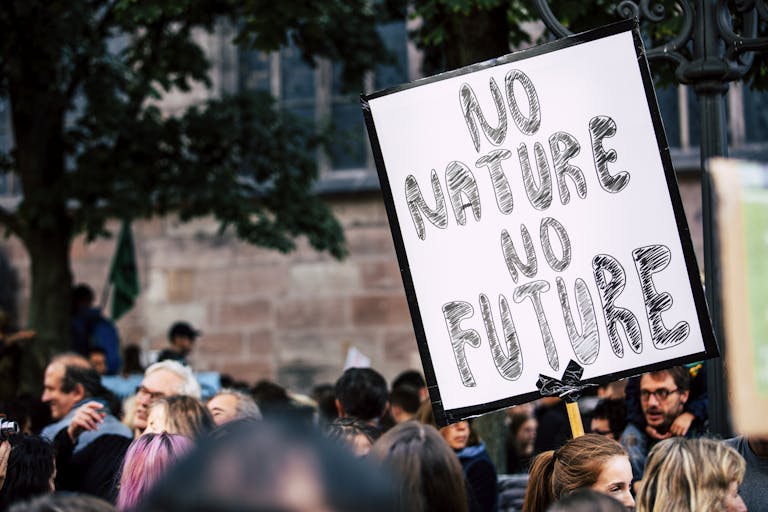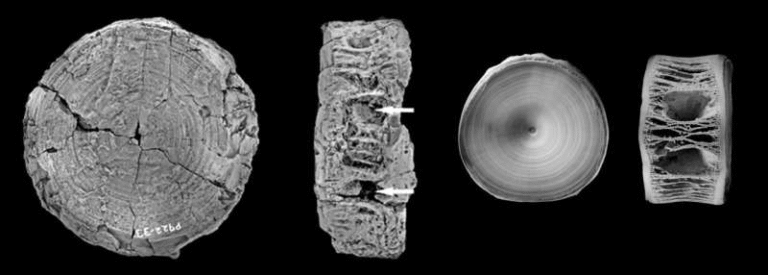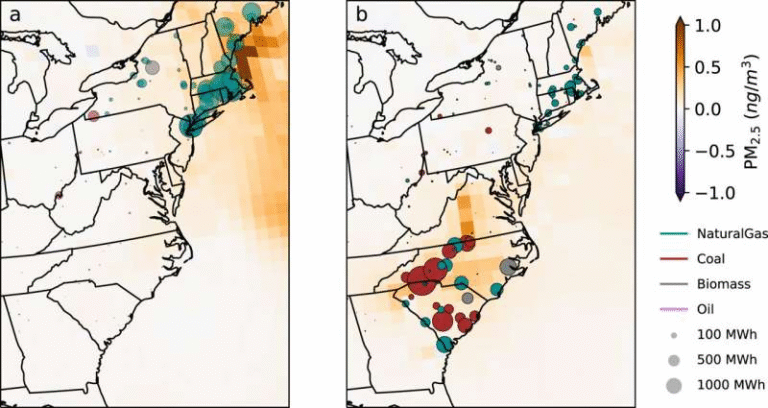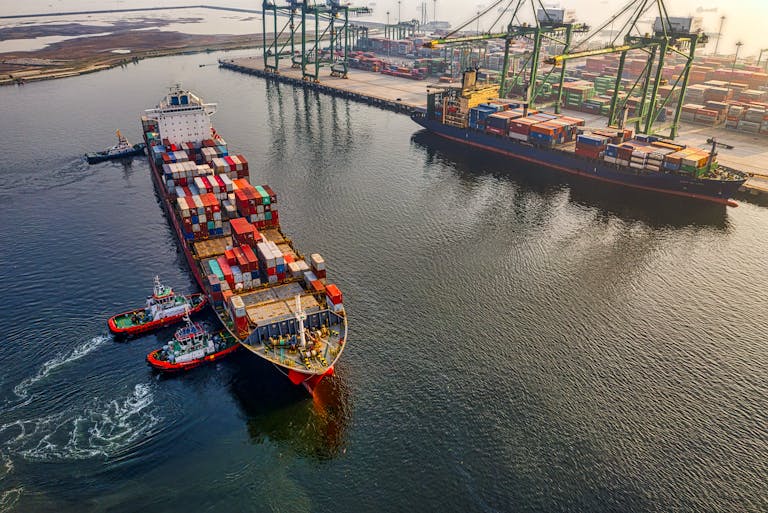A New Nickel Catalyst Could Transform Plastic Recycling Forever
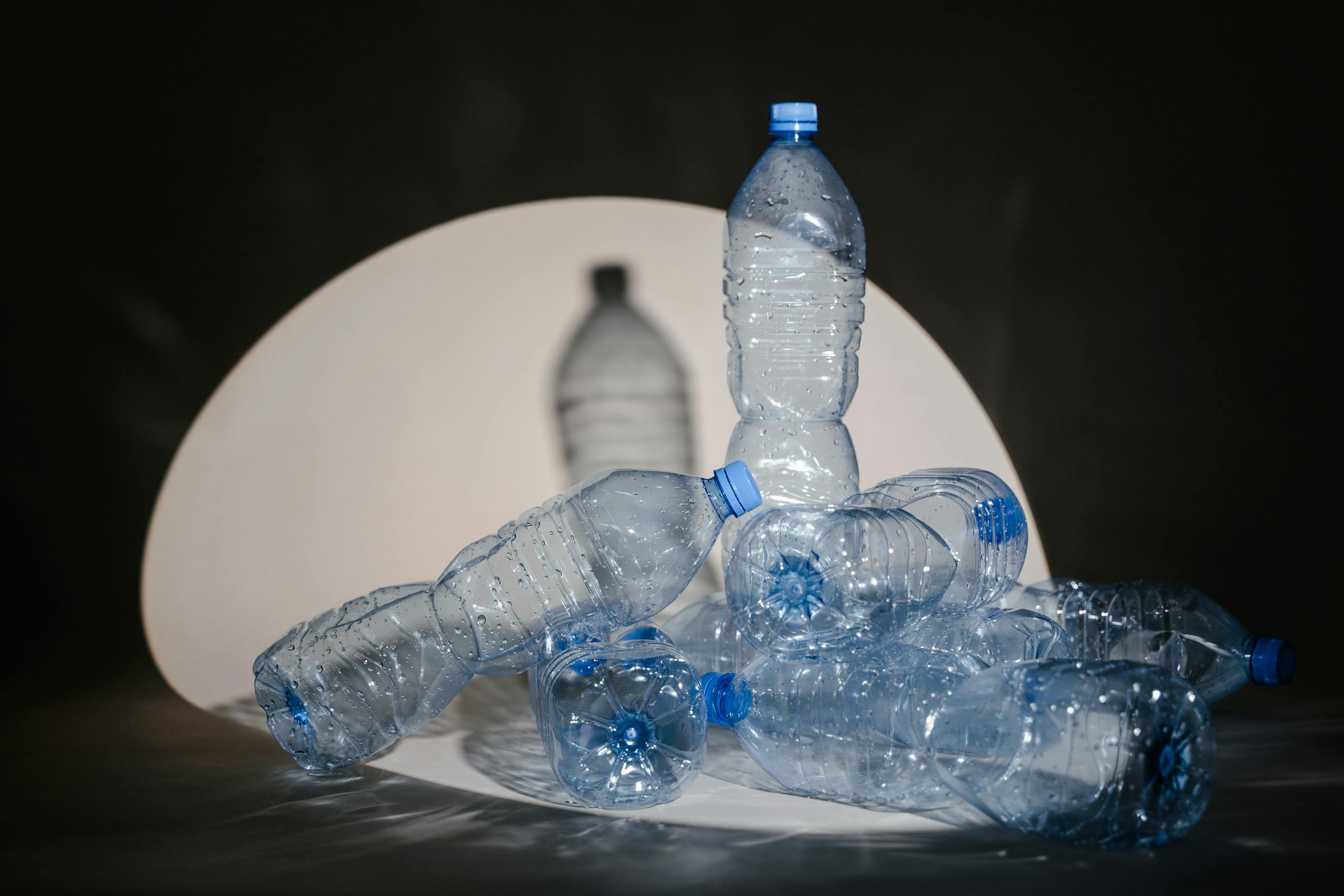
Recycling plastic has always been a complicated, inefficient, and often discouraging process.
But researchers at Northwestern University may have just made a discovery that changes the game entirely. A newly developed nickel-based catalyst can break down mixed plastic waste, even when contaminated with PVC (polyvinyl chloride), into useful oils and waxes.
This breakthrough could eliminate one of the biggest bottlenecks in recycling: the costly and time-consuming step of sorting plastics by type before processing.
In this article, I’ll walk you through all the specifics of this research, what makes it different, why it’s important, and what challenges still lie ahead. Along the way, we’ll also dig into some background on plastics, polyolefins, catalysts, and why this discovery is such a big deal.
The Problem With Plastic Recycling
Global plastic production is staggering. Every year, more than 220 million tons of polyolefin plastics are manufactured. These include polyethylene (PE) and polypropylene (PP)—the materials behind milk jugs, shampoo bottles, yogurt cups, plastic wraps, disposable utensils, and countless other items. They dominate packaging and single-use products, meaning they are produced in massive quantities and quickly discarded.
Here’s the issue: recycling rates for these plastics are shockingly low, often less than 1% to 10% worldwide. Why? Because polyolefins are made of carbon-carbon bonds, which are among the strongest in chemistry. Unlike plastics such as PET (used in soda bottles), which can be chemically broken down into their building blocks and reused, polyolefins are notoriously tough and resistant to chemical recycling.
Most recycling methods we currently use are crude and inefficient:
- Mechanical recycling: Plastics are shredded, melted, and reshaped into lower-quality products. Different types of plastics can’t be mixed, or the entire batch fails. Food residue or non-plastic contaminants can also ruin the process.
- Thermal methods (pyrolysis): Heating plastics to extremely high temperatures (400–700°C) breaks them into gases and liquids. But this is energy-intensive and not selective, meaning the output is a messy mixture requiring further refining.
These limitations mean that most polyolefin plastics still end up in landfills, where they persist for decades, or they degrade into microplastics that accumulate in oceans, soils, and even our bodies.
The Northwestern Breakthrough
The new method developed by Northwestern researchers centers on hydrogenolysis, a process that uses hydrogen gas and a catalyst to break down plastics into smaller hydrocarbons. This approach isn’t new—but past versions have required expensive metals like platinum or palladium and very high operating temperatures, making them impractical for large-scale recycling.
The Northwestern team solved this by designing a single-site organonickel catalyst. Here are the key details:
- Base material: The catalyst starts with a low-cost, earth-abundant nickel compound, making it much cheaper than noble-metal alternatives.
- Single-site design: Unlike typical nickel nanoparticles that have multiple reaction sites and act unpredictably, this design ensures each catalyst molecule behaves the same way. That means precise, controlled chemical reactions instead of random breakdowns.
- Selective targeting: The catalyst can distinguish between branched and unbranched polyolefins, such as isotactic polypropylene versus linear polyethylene. It can selectively break down one while leaving the other intact, something no other catalyst has achieved.
- Milder conditions: It operates at a temperature 100°C lower than other nickel catalysts and requires only half the hydrogen gas pressure. On top of that, it uses 10 times less catalyst loading while delivering 10 times greater activity.
This level of efficiency and selectivity is unheard of in the recycling world.
The PVC Twist
One of the most exciting aspects of this discovery is how the catalyst handles PVC contamination. PVC, commonly used in pipes, flooring, and medical devices, is notorious in recycling because it decomposes to release hydrogen chloride gas. This byproduct usually destroys catalysts and disrupts recycling processes, which is why mixing PVC with other plastics is considered a deal-breaker.
But here’s the surprise: instead of killing the catalyst, PVC actually accelerates its activity. Even when the waste mixture contained 25% PVC by weight, the catalyst not only continued working but performed better. That’s completely unexpected—and it means that mixed waste streams previously considered “unrecyclable” might finally have a solution.
Catalyst Regeneration
Catalysts eventually deactivate during use, but the team found a straightforward fix. By treating the used catalyst with alkylaluminum (a cheap compound like AlEt₃), it can be regenerated and reused multiple times. This means the process isn’t just efficient but also sustainable over repeated cycles, lowering costs further.
The People Behind the Study
This breakthrough came from a collaboration between Northwestern University and Purdue University, with additional contributions from Ames National Laboratory. The key figures include:
- Tobin J. Marks – Professor of Catalytic Chemistry at Northwestern.
- Yosi Kratish – Research assistant professor in Marks’ group and co-corresponding author.
- Qingheng Lai – Research associate and first author of the study.
- Jeffrey Miller – Chemical engineering professor at Purdue University.
- Michael Wasielewski – Professor of Chemistry at Northwestern.
- Takeshi Kobayashi – Research scientist at Ames National Laboratory.
The work was supported by the U.S. Department of Energy (award DE-SC0024448) and Dow Chemical Company, highlighting both academic and industrial interest in scaling this technology.
Why This Matters
If successfully scaled, this catalyst could address two of the most pressing challenges in plastic recycling:
- Sorting inefficiency: Eliminating the need to separate polyolefins from each other and from PVC-contaminated waste would save enormous amounts of money and labor.
- Economic viability: With cheaper inputs, lower operating conditions, and higher efficiency, recycling could finally become cost-competitive with making virgin plastics from petroleum.
The outputs—liquid oils, waxes, lubricants, and fuels—are also valuable products that could be sold or repurposed, making the process a potential revenue stream rather than just a waste-management cost.
Challenges That Remain
Despite its promise, there are still hurdles to clear before this catalyst reaches industrial use:
- Scaling up: Lab-scale tests are promising, but industrial waste streams are messier. Real-world plastics often contain dyes, fillers, additives, and food residues that could complicate the process.
- Economic analysis: Even though nickel is cheaper than platinum or palladium, the costs of hydrogen gas, reactor systems, and catalyst regeneration need to be carefully studied.
- Selectivity optimization: While the catalyst selectively breaks down branched polyolefins, researchers must ensure the product streams can be consistently tuned for desired outputs.
The good news is that Dow and other industrial partners are already involved, which means real-world trials may not be too far off.
A Closer Look at Polyolefins
Since this breakthrough is all about polyolefins, it’s worth pausing to understand them better.
- Polyethylene (PE): The most widely used plastic worldwide, appearing in shopping bags, plastic films, squeeze bottles, and more. It’s chemically simple but very durable.
- Polypropylene (PP): Found in yogurt containers, bottle caps, car parts, and textiles. It’s slightly more complex than PE due to its branching structure.
- The challenge: Both are chemically resistant, hard to degrade, and accumulate quickly as waste. Their strong C–C bonds are the main barrier to recycling.
By finding a way to selectively break down these plastics, the new catalyst directly addresses the largest portion of global single-use plastic waste.
Why Nickel Matters
Nickel is not a new metal in catalysis, but using it this way is novel. Compared to noble metals like platinum, palladium, or rhodium:
- Nickel is far more abundant and cheaper.
- It’s versatile and already widely used in hydrogenation reactions in the chemical industry.
- The main challenge has been controlling its activity, since nickel catalysts are often less selective and can produce unwanted byproducts. The single-site design here solves that issue.
This makes nickel the perfect candidate for scaling a solution to the world’s plastic pollution crisis.
The Future of Plastic Recycling
If this catalyst lives up to its promise, recycling could become more practical and widespread. Imagine a system where:
- Mixed plastics don’t need to be sorted.
- PVC isn’t a contaminant but actually helps.
- Recycling plants can produce valuable new products at lower costs and with less energy use.
That’s a future where plastics no longer clog our landfills and oceans, and where recycling is not just an environmental necessity but also an economic opportunity.
Reference
Research Paper: Stable single-site organonickel catalyst preferentially hydrogenolyses branched polyolefin C–C bonds


